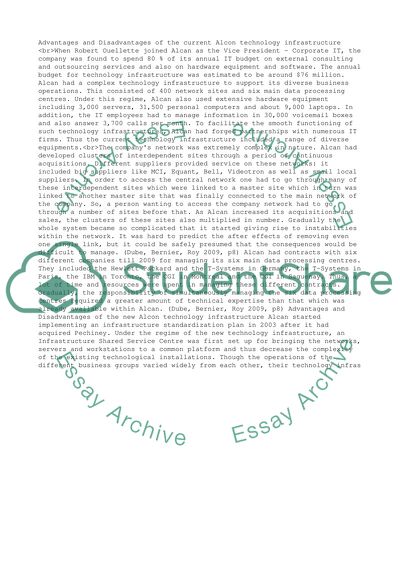Cite this document
(“The Alcan Case Coursework Example | Topics and Well Written Essays - 3750 words”, n.d.)
Retrieved de https://studentshare.org/business/1390927-environment-case
Retrieved de https://studentshare.org/business/1390927-environment-case
(The Alcan Case Coursework Example | Topics and Well Written Essays - 3750 Words)
https://studentshare.org/business/1390927-environment-case.
https://studentshare.org/business/1390927-environment-case.
“The Alcan Case Coursework Example | Topics and Well Written Essays - 3750 Words”, n.d. https://studentshare.org/business/1390927-environment-case.


